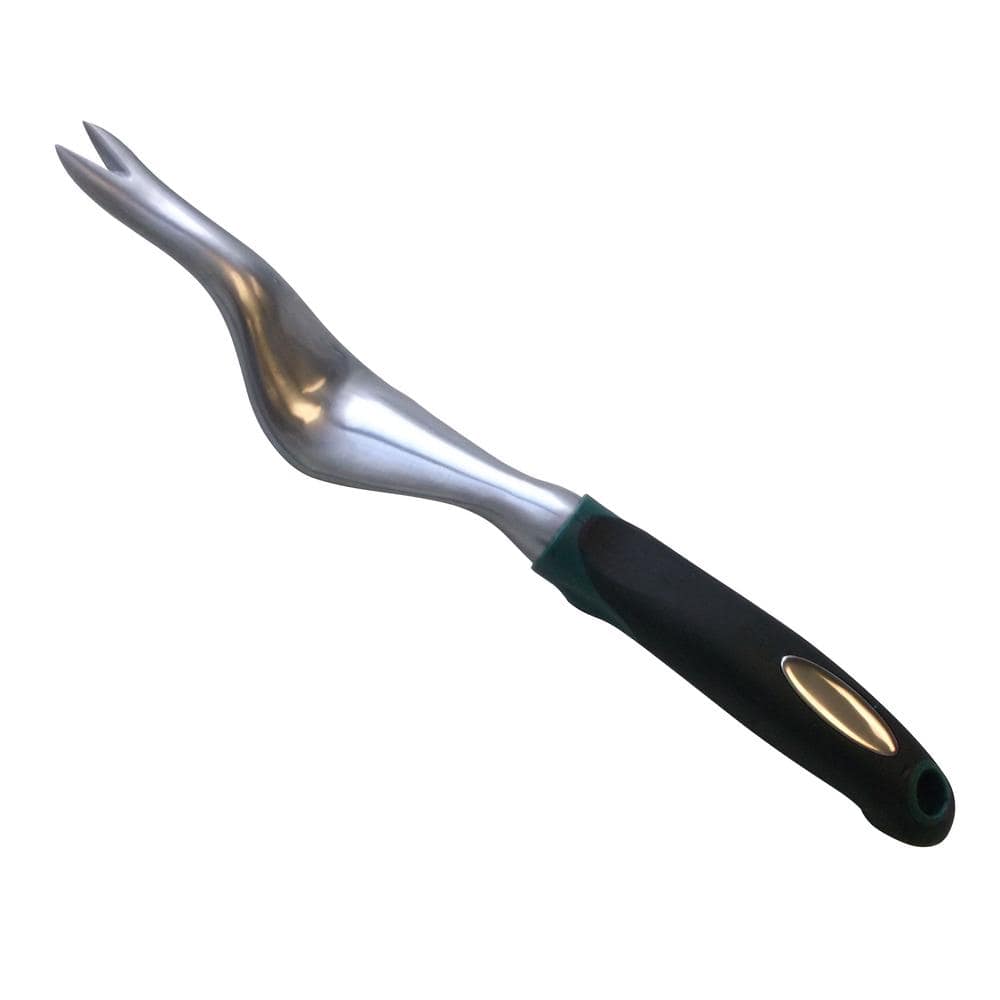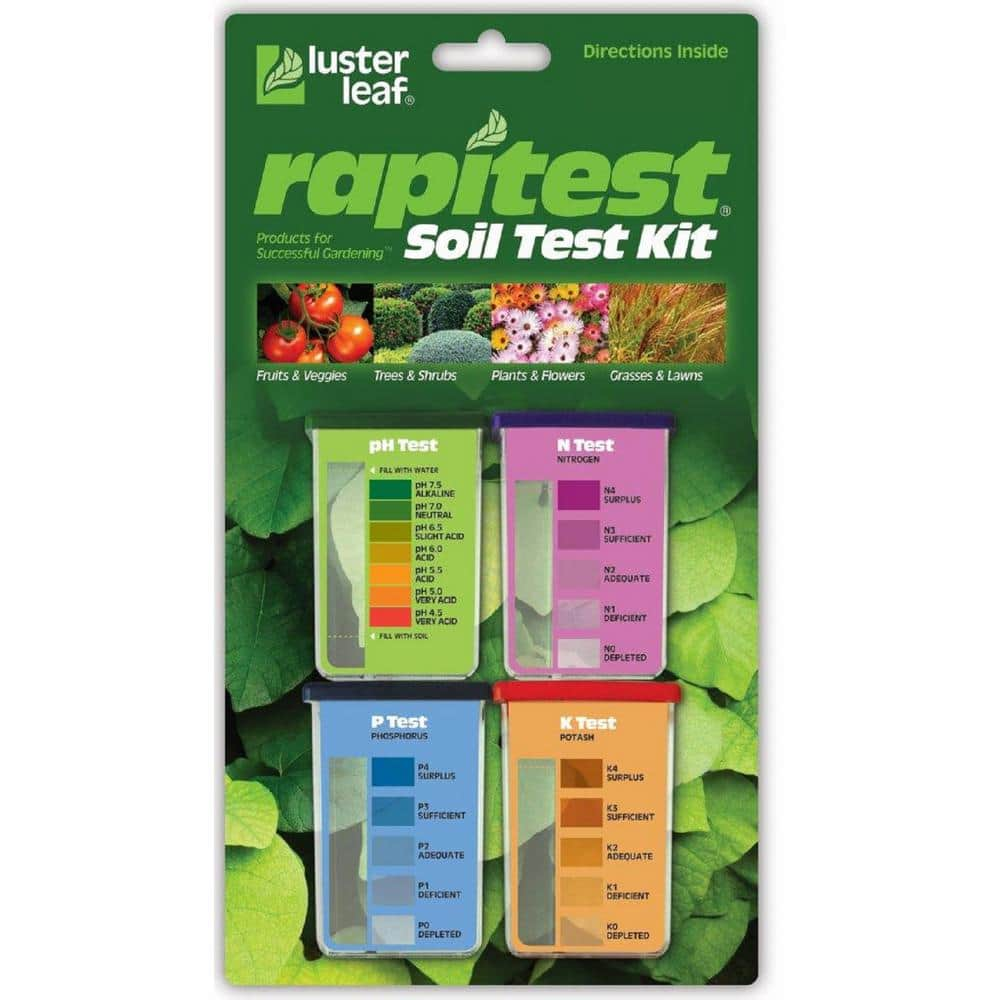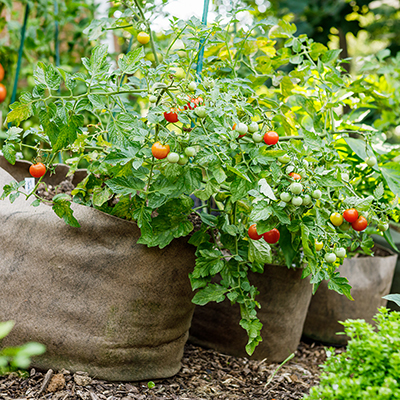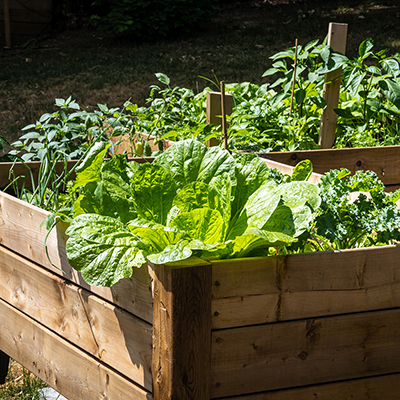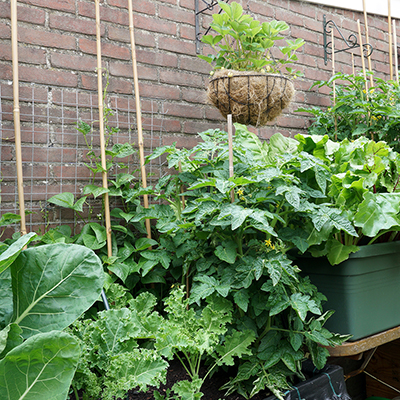How to Grow Green Beans
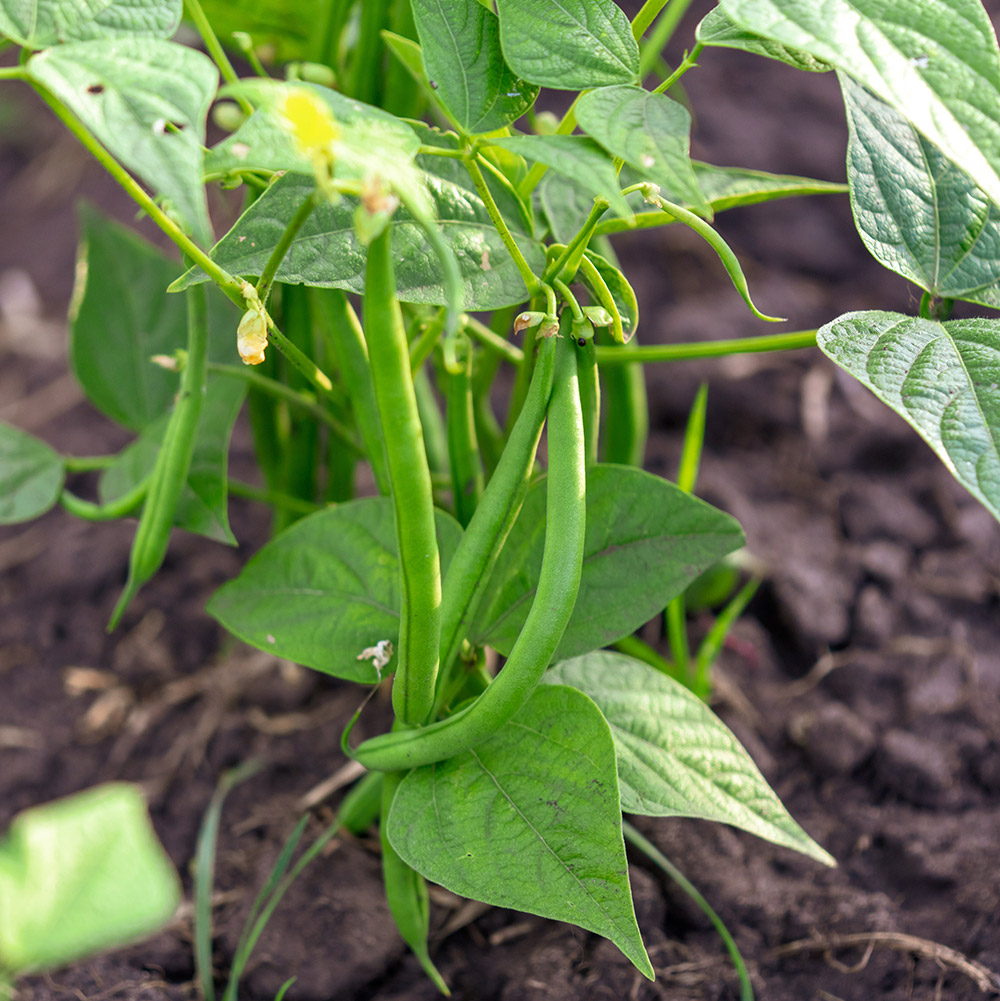
Published December 22, 2023
Green beans are one of the most popular vegetables to grow in a summer backyard garden. As long as you have well-drained soil and plenty of sunlight, you’ll have green beans to harvest from your garden.
Green beans are the unripe fruits of bean plants. The pods are picked when immature and usually cooked by steaming, boiling or sauteeing before eating.
Grow some of the three types of green beans:
- Compact bush beans are small space favorites that grow in containers and raised beds.
- Pole beans are vining types that grow on trellises. Many reach heights of 6 feet or more. Pole beans are easier to harvest because they grow so high.
- The cross between pole beans and bush beans are called half-runner beans. You may not need to stake half-runner beans, but plan to give them room to spread out.
Table of Contents
Site Selection
How to Plant Green Bean Seeds
How to Care for Green Beans
Pests and Diseases
How to Harvest Green Beans
Marinated Green Bean Sandwich Recipe
Site Selection
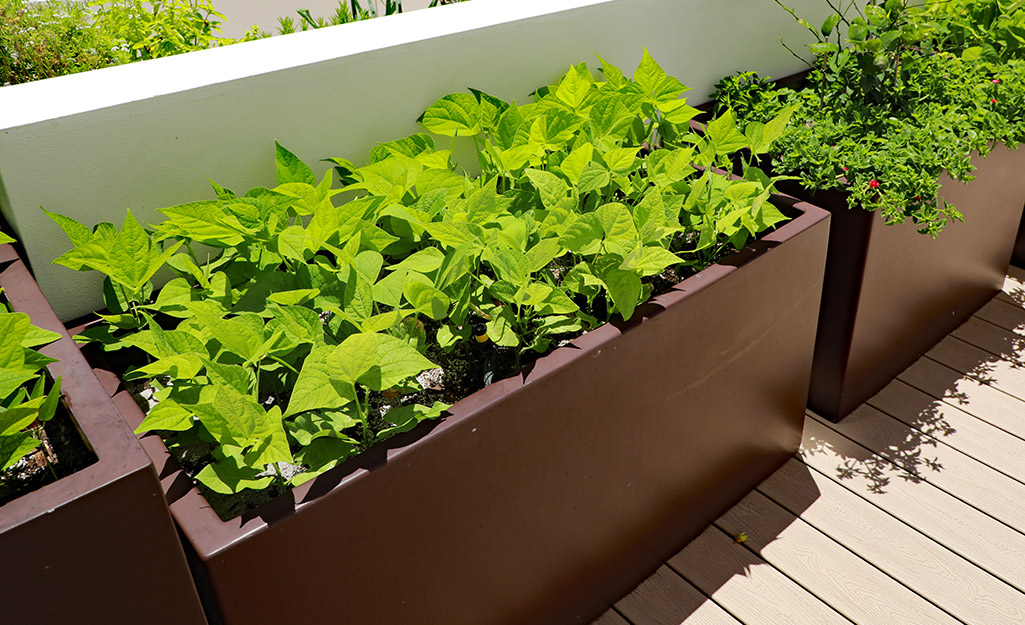
Like tomatoes and peppers and most vegetables in your summer garden, green beans like lots of light. The more light, the more growth, and the more beans you’ll have. A full sun site receives 6 to 8 hours of sunlight a day. Learn more about your garden’s site and light.
When it comes to soil, green beans are not too picky, unless the soil is heavy with clay. Sandy and silty loam soils are fine for growing green beans.
Amend clay soil with compost to improve drainage.
How to Plant Green Bean Seeds
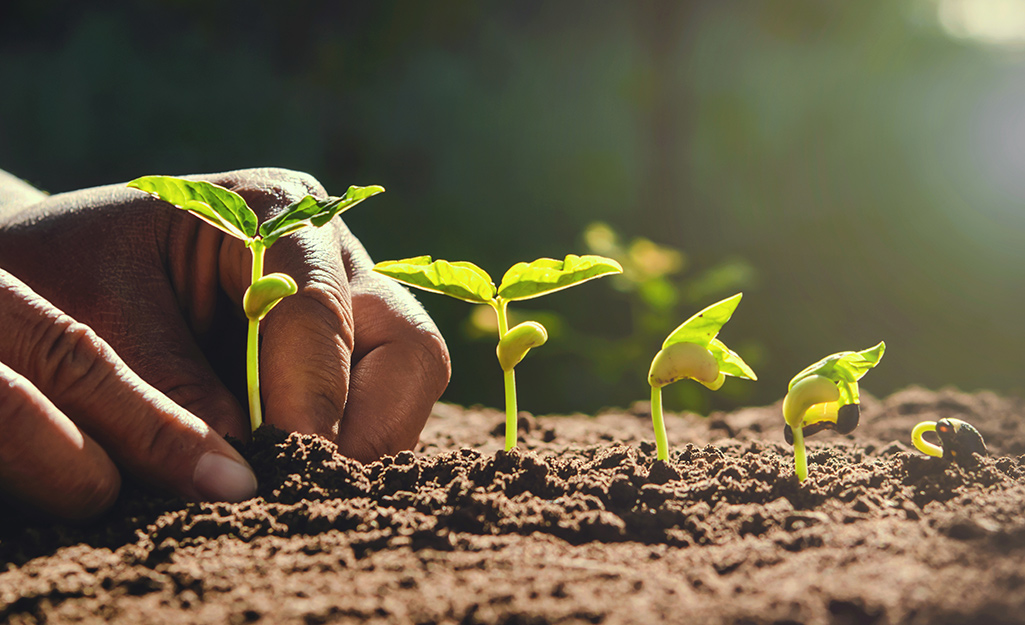
Direct sow green beans in the vegetable garden after all danger of frost is passed. Check our frost date calendar to determine your area’s average date of last frost in spring.
Successive crops can be planted throughout the warm season. Your final crop should go in the ground 10 to 12 weeks before final frost.
You can also start green beans indoors in seed starting trays a few weeks before the final frost, and then transplant into the garden. This will give your plants a jump on the season. Beans are quick growers, so the early start isn’t usually necessary. (Keep in mind that beans can be sensitive to transplant shock and take extra care when moving them from indoors to the garden.)
How to Plant Bean Seeds:
- Sow in rows 24 inches apart. Sow seeds 3 inches apart and cover with an inch of soil.
- Lightly firm the soil and gently water.
- Seedlings will emerge in 10 to 14 days.
- You can sow seeds every two weeks for a steady harvest of beans.
- When seedlings are a couple of inches high, thin to 6 inches apart.
Look for bush varieties like Bonnie Plants’ Maxibel. This compact variety can be planted in containers and produces large yields within 60 days of planting.
Green beans make fine companions for summer vegetable garden favorites like eggplants, tomatoes and peppers. Some gardeners plant squash vines in between pole towers. This suppresses weeds and gives the vines a built-in trellis.
How to Care for Green Beans
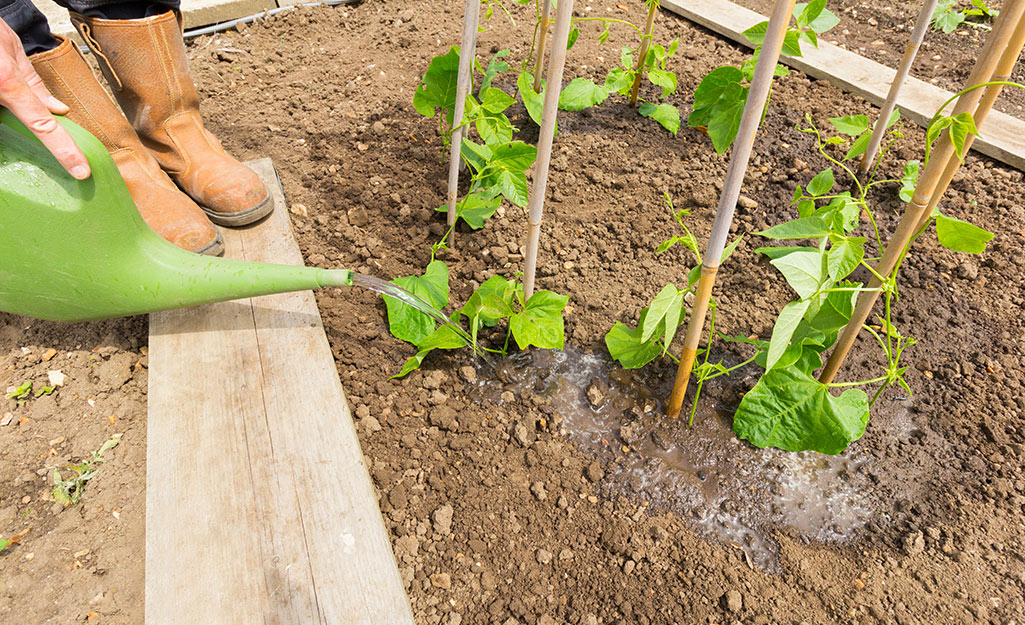
Beans need a lot of water during the growing season. Like most vegetables in the garden, they need an inch of water from rainfall or irrigation per week.
Bean foliage is susceptible to disease. That’s why you’ll want to use drip irrigation or a soaker hose under a layer of mulch. That will reduce evaporation,
too.
If you water with a watering wand or hose nozzle, try to keep the water off the leaves and water early in the day so the foliage has time to dry in the heat of the day.
Green beans grown in rich, organic soil won’t need a lot of fertilizer. You can use an organic fertilizer for vegetables, like a 10-10-10 applied at half-strength every few weeks in the growing season.
Pests and Diseases
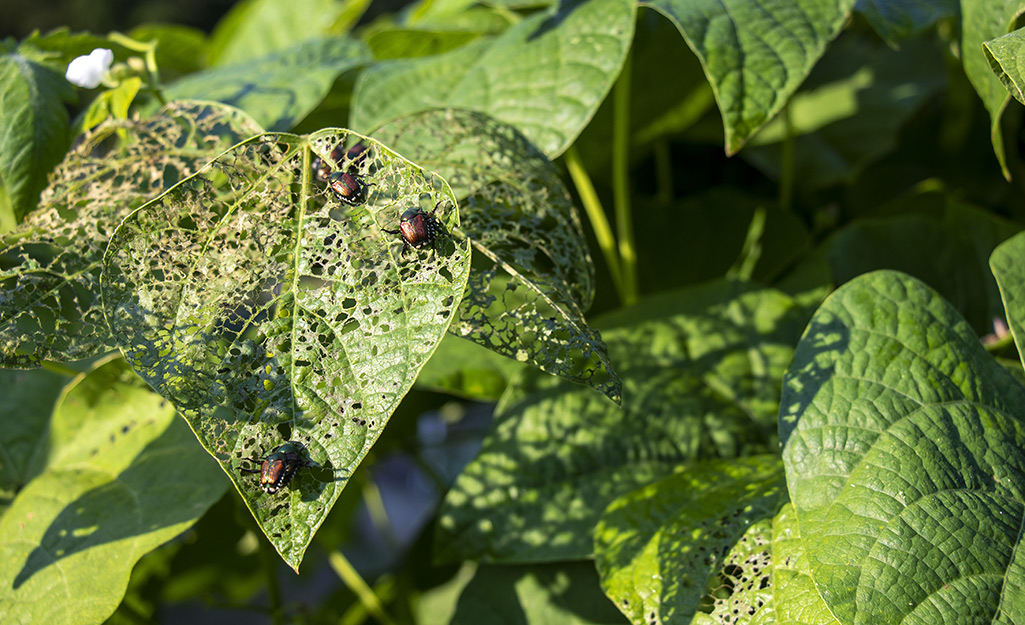
Green beans are quick and easy to grow, but there can be a few problems. Diseases like rust and powdery mildew can take hold. Insects like leaf beetles, aphids and spider mites can be a problem.
Prevention and control are key. Choose disease resistant varieties and be careful when watering to keep the foliage dry. Scout regularly for pests. You may need to use an organic insecticide to treat the problem.
How to Harvest Green Beans
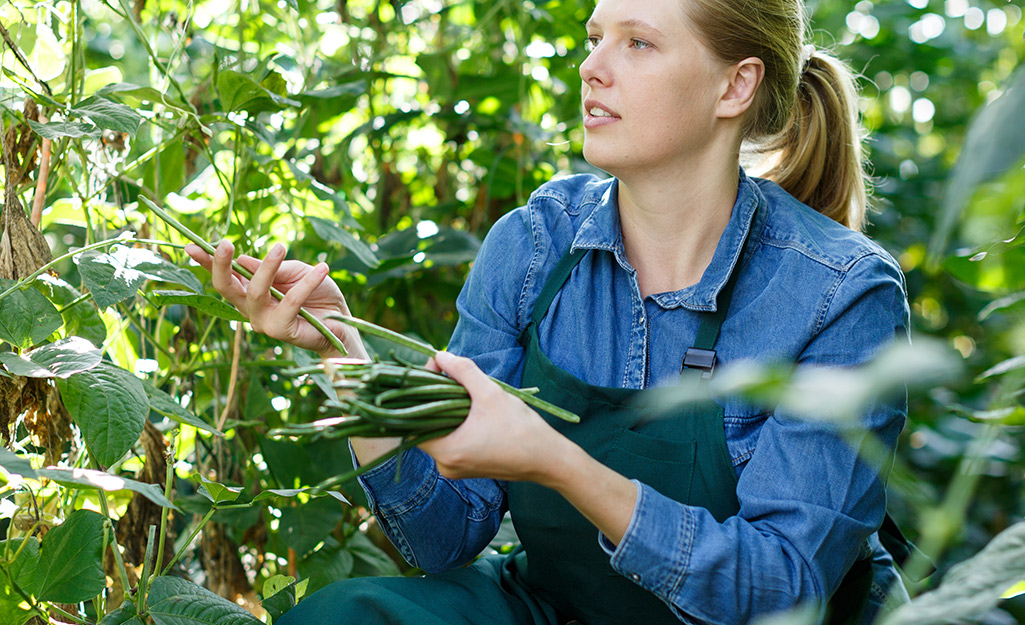
For fresh beans, pick pods when tender and filled with beans. Follow seed packet instructions.
For dried beans, you can let the pods begin to dry on the plant.
Tip: To dry beans, let the bean pods partially dry on the plant. Pull up the entire plant and hang up in a warm dry place. When the pods are completely dry, shell the beans and discard the vines and pods in the compost bin.
Marinated Green Bean Sandwich Recipe
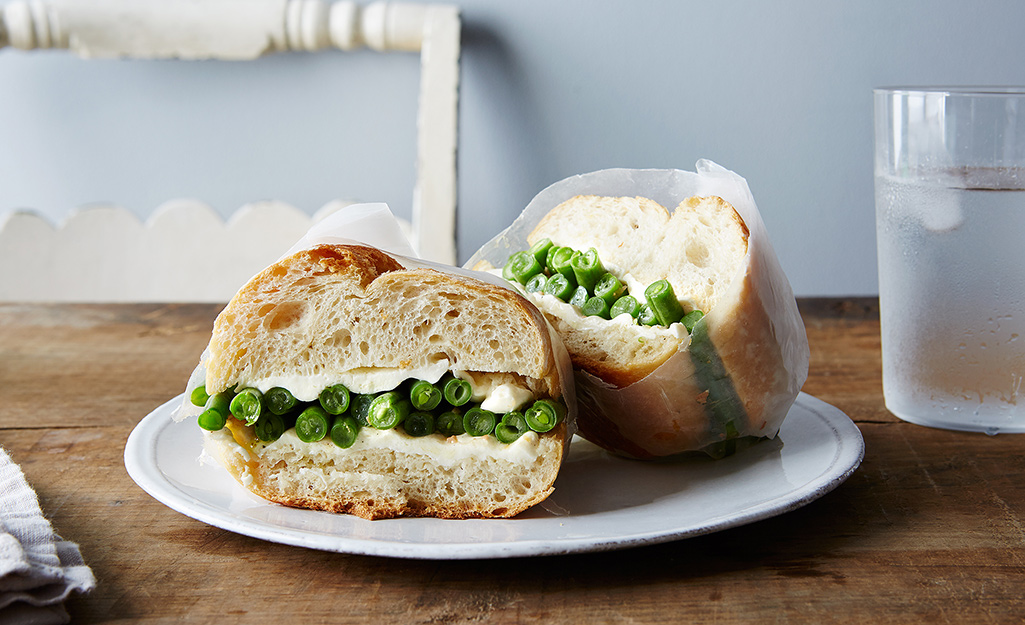
Tender fresh green beans need just a quick saute to add flavor and crunch to a flavorful sandwich. Recipe provided by Food52.
Marinated Green Bean Sandwiches Recipe
Ingredients:
- 2 cups green beans
- 1/4 cup olive oil
- 2 cloves garlic, roughly chopped
- Pinch red pepper flakes (to taste—but be generous)
- Pinch salt
- Pinch freshly ground black pepper
- 2 to 3 tablespoons red wine vinegar
- 4 focaccia rolls, halved (or 8 slices of focaccia)
- 4 ounces fresh mozzarella, sliced very thinly
Instructions:
Trim the green beans. In a large frying pan, sauté the garlic in olive oil over medium heat until fragrant, then add the green beans, red pepper flakes, salt, and pepper. Sauté the beans until they are bright green and tender-crisp. They shouldn't squeak, but they should still be firm.
Toss the green beans with the red wine vinegar and set aside for at least 1 hour and up to 3 days.
When you're ready to eat, preheat the oven to about 350 degrees Fahrenheit and arrange the slices of focaccia on a baking sheet with the cut sides up. Arrange the slices of mozzarella on top of the bread and slide it all into the oven until the bread is warm and the cheese is beginning to melt.
Remove the warmed bread from the oven and make the sandwiches: Top a slice of the cheesy bread with a heap of green beans (as many as you can pack on) and top with the other slice of bread.
Whether you need the right plants, seeds or garden soil, The Home Depot delivers
online orders
when and where you need them.



